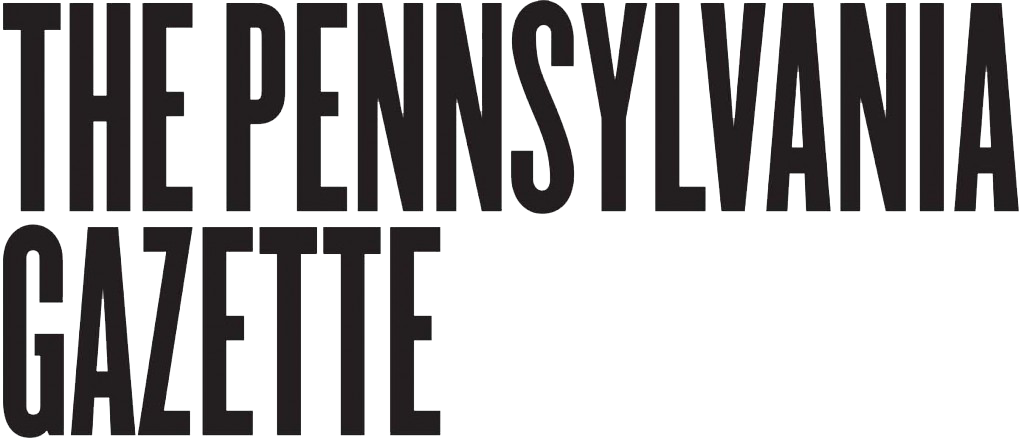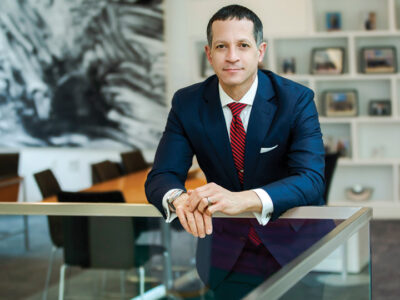
What will it take for the US to build a high-speed rail system?
By Bob Yaro | Like many Americans, for years I’ve traveled on fast, frequent and reliable high-speed (HSR) trains in France, Spain, Italy, Japan, Korea, and several other countries, traveling at more than 150 miles per hour from center city to center city. What a boon this has become for business and leisure travelers in these places: no airport security checks, no expensive cab rides to the airport, virtually no weather-related travel delays. But I’ve also had the experience of returning home to find that even the fastest American passenger trains, by contrast, are generally slow and unreliable. America’s only HSR trains, the Acela trains running in Amtrak’s Northeast Rail Corridor, are capable of running at 150 miles per hour, but because of winding tracks, antique bridges, and decrepit tunnels, they average only half that speed between Boston and Washington, DC.
Since its creation four decades ago from the wreckage of a bankrupt national rail system, Amtrak, America’s national passenger railway, has been starved for capital. Succeeding presidential administrations and Congresses have been reluctant to give the company the resources needed even to maintain—much less improve—the Northeast Corridor (the only rail line that it owns), or to maintain or replace its rolling stock, some of which is approaching the half-century mark.
Outside the Northeast, Amtrak trains operate on privately owned freight routes. Frequently, these trains are delayed by hours waiting for unscheduled freight trains to pass them by. As a result, for example, Amtrak’s Starlight service between Seattle and Los Angeles has been nicknamed the “Starlate” by frequently delayed passengers.
Until recently, America’s passenger railroads were falling even further behind their European and Asian counterparts. In addition to existing HSR systems in more than a dozen European countries plus Japan, Korea, and Taiwan, China has been aggressively building its own system, which will soon become the world’s largest. Now even developing countries are getting into the act: Russia and South Africa have opened HSR routes; Morocco is building its first line; and India, Indonesia, Vietnam, Brazil, and other countries are planning their own HSR systems.
Finally, in just the past two years, the US has committed itself to building its own high-performance HSR system. In November 2008 President Bush signed legislation authorizing development of an HSR system. Then, in March 2009, President Obama signed the ARRA stimulus legislation, which included $8 billion for planning and development of the first legs in a national HSR system. Congress appropriated an additional $2.5 billion for HSR development in the fiscal year ending last September 30. Initial allocations have been made by the federal government to HSR routes in California, the Midwest, Florida, and dozens of other states. The public response has been overwhelmingly positive: Recent national polls have found that more than two-thirds of the American people support development of a domestic HSR network.
Ironically, none of these funds were committed to the Northeast, because the necessary environmental reviews hadn’t been completed. Then, last spring a graduate planning studio at Penn, led by School of Design Dean and study author Marilyn Taylor, proposed that two new dedicated HSR tracks be built from Boston to Washington, DC. The Penn plan included proposals for increasing inter-city rail capacity in the Northeast tenfold and cutting current travel times in half, to 90 minutes from New York to Washington and 100 minutes from New York to Boston. The Penn team also identified a broad range of economic benefits to the Northeast’s cities and the region’s $2.5 trillion economy, and concluded that those benefits would outweigh costs. The studio presented its plan to Pennsylvania Governor Ed Rendell C’65 Hon’00 and Vice President Joe Biden, both of whom have enthusiastically supported the students’ recommendations. Not to be outdone, in September Amtrak issued its own proposal for Northeast HSR, which mirrored and built upon the Penn plan in many ways. The biggest challenge to implementing these proposals will be finding the estimated $100+ billion that this project will cost.
So is America now inexorably committed to building a nationwide HSR system? Well, yes and no. Transportation Secretary Raymond LaHood has called for building HSR routes that would link 80 percent of Americans within 25 years, at a cost of $500 billion. In that case, the $10.5 billion now committed to the program represents a mere down payment towards this goal. Yet finding the rest of the money in Washington and state capitals won’t be easy, given all the other fiscal demands on governments that are already hard-pressed at all levels. Nevertheless, the experience in other countries suggests that the upfront public investment required to build this system will be largely a public responsibility.
There are ways to target such an investment prudently. Virtually everyone agrees that these trains won’t run everywhere in the country. They make the most sense in the country’s 11 emerging “megaregions,” places like the Northeast that consist of networks of densely populated metropolitan areas. Megaregions contain more than 70 percent of the nation’s population and are expected to accommodate most of the 140 million additional residents projected by 2050. HSR will work best in these places, because at 200 to 600 miles across, they are simply too large to be easily accessible by automobile and too small to be connected by air. And most of these places have few options to expand already highly congested airports and highways.
But already there is a backlash setting in. Some conservative columnists and pundits on Fox Business News have railed against HSR as “pork barrel spending” and a frill we can’t afford. Republican gubernatorial candidates in California, Wisconsin, Florida, and Ohio have come out against HSR routes in their states, arguing that these systems are too expensive to be built in a time of record unemployment and declining federal and state tax revenues. And while President Obama has called for legislation that will fund the national HSR system and other “roads, rails, and runways” through a new National Infrastructure Bank and a dedicated trust fund, the administration and Congress have not agreed on a reliable funding source to pay for these investments. It is all but certain that the next Congress, expected to be more fiscally conservative and more Republican than the current one, will be less interested in committing new revenues to the emerging national HSR system.
It took two decades to develop the political will to proceed with development of the Interstate Highway System, and even then it didn’t happen until President Dwight Eisenhower proclaimed the investment to be a matter of national security. With luck, and good political leadership, Americans won’t have to wait 20 years to get HSR development into high gear. We simply can’t afford to wait. As airports and highways in the nation’s megaregions get increasingly congested, HSR will be the only way to expand inter-city travel and meet the mobility needs of a rapidly growing population. And if we don’t build a national HSR system, America will fall further behind all of our competitors in providing fast, efficient passenger movement between major cities, further eroding our ability to compete in global markets.
Bob Yaro is professor of practice in city and regional planning at Penn, and president of the Regional Plan Association, a New York-based urban policy research group.




